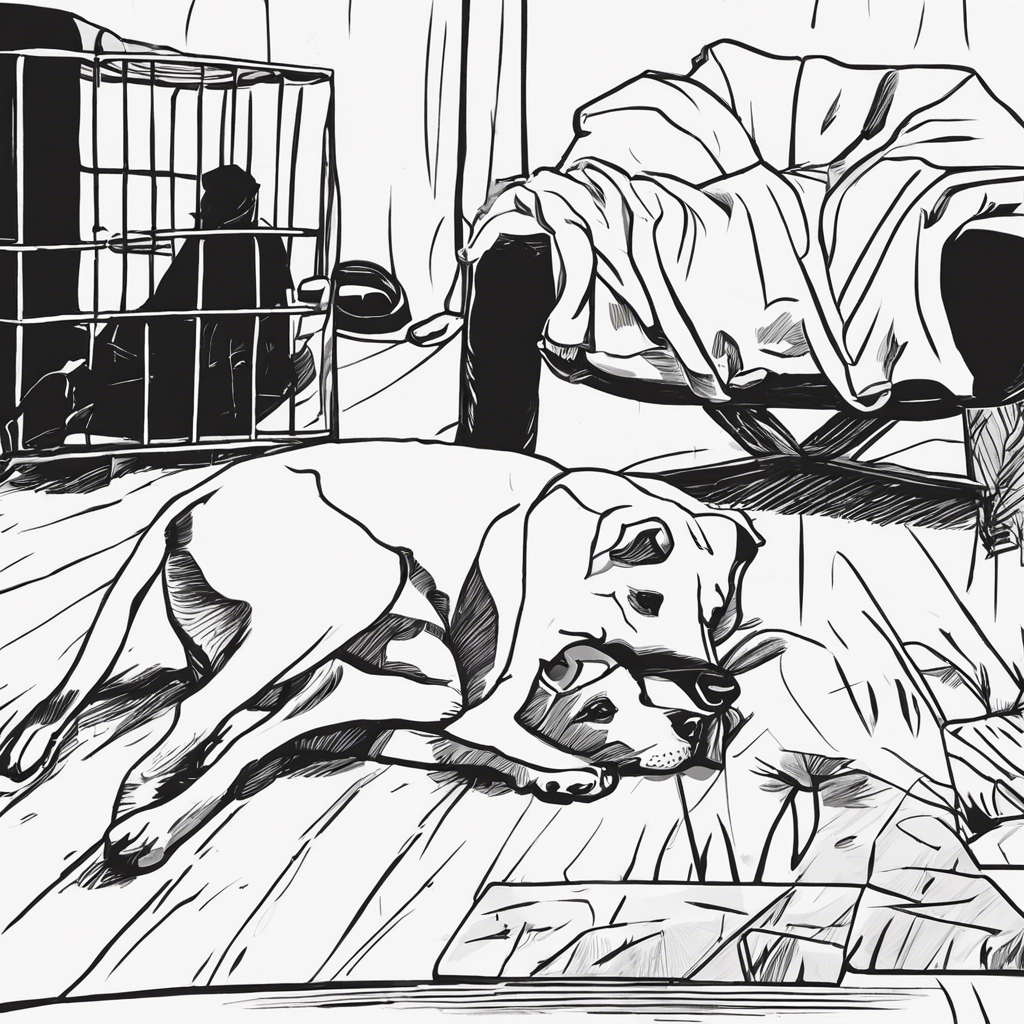The use of punishment in dog training is a controversial topic that has sparked much debate among animal behaviorists and trainers. While some trainers advocate for its effectiveness in achieving short-term results, others caution against its potential negative impact on a dog’s long-term well-being and behavior. Understanding the implications of punishment-based training methods is crucial for responsible dog ownership and ensuring a positive human-canine relationship.
In the realm of dog training, punishment refers to any consequence intended to reduce the likelihood of a behavior occurring again. This can range from a verbal reprimand or a stern “no” to more severe actions like physical corrections or the use of aversive tools. When a dog displays unwanted behavior, such as jumping on guests or chewing shoes, some trainers suggest using punishment to discourage the action. Proponents of this approach argue that punishment can provide quick results, leading to a temporary cessation of the undesirable behavior. However, the question remains: at what cost?
In the short term, punishment may indeed stop a behavior, but it often fails to address the underlying cause or provide an alternative, positive behavior. For instance, a dog may stop jumping on visitors after being scolded, but without being taught an appropriate greeting behavior, the dog might resort to other unwanted actions like nipping or barking. This is where punishment falls short, as it doesn’t encourage the dog to learn what is expected of them.
The long-term effects of punishment-based training are a significant cause for concern. Numerous studies have shown that dogs trained using aversive methods can exhibit increased stress, fear, and aggression. Punishment can damage the trust between a dog and their owner, leading to a breakdown in communication and a strained relationship. For instance, a dog associating its owner’s approach with fear may become hand-shy or develop defensive aggression. These issues can be challenging to overcome and may even result in the rehoming or euthanasia of the dog.
Positive reinforcement, on the other hand, focuses on rewarding desired behaviors, encouraging learning and building a strong bond. This method involves rewarding good behaviors with treats, praise, or other incentives, making the dog more likely to repeat those actions. Scientific research supports the effectiveness of positive reinforcement, demonstrating its ability to shape behavior without the adverse effects associated with punishment. Dogs trained with positive methods exhibit lower stress levels and are more responsive to their owners’ commands.
It is worth noting that positive reinforcement training requires consistency, patience, and an understanding of canine behavior. It may not provide instant results, but it fosters a deeper connection and encourages dogs to think and problem-solve. This approach empowers dogs to make good choices and builds their confidence and trust in their humans.
Many professional dog trainers and behaviorists advocate for the use of positive reinforcement, emphasizing the importance of clear communication and mutual respect in the training process. By teaching dogs what we want them to do rather than focusing on what we don’t, we create a healthier learning environment. This method also allows for customization based on individual dogs’ personalities and needs, ensuring a more comprehensive understanding and long-lasting results.
In conclusion, while punishment may offer short-term behavior cessation, its negative impact on dogs’ well-being and long-term behavior outweighs any perceived benefits. Positive reinforcement, backed by scientific evidence, provides a humane and effective training approach that strengthens the bond between dogs and their owners. As responsible dog owners, it is essential to prioritize our pets’ overall physical and mental health, ensuring a harmonious and loving relationship. By choosing positive training methods, we can nurture happy and well-adjusted canine companions.

